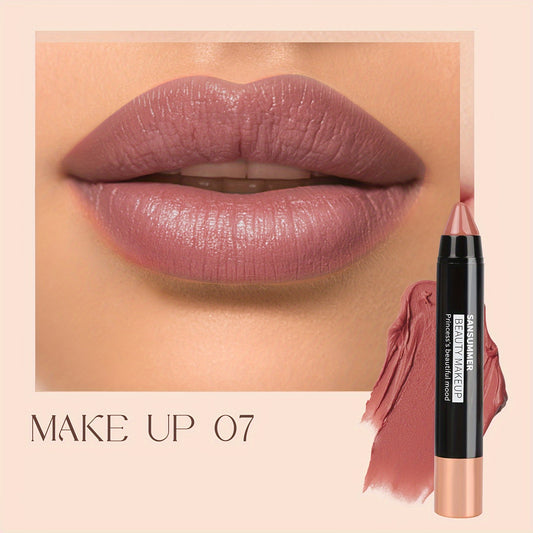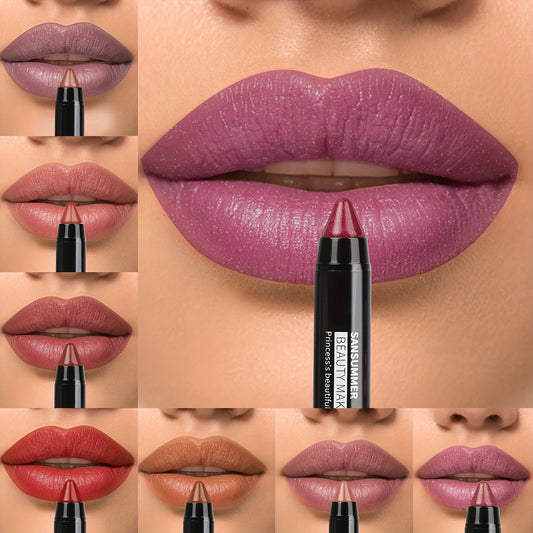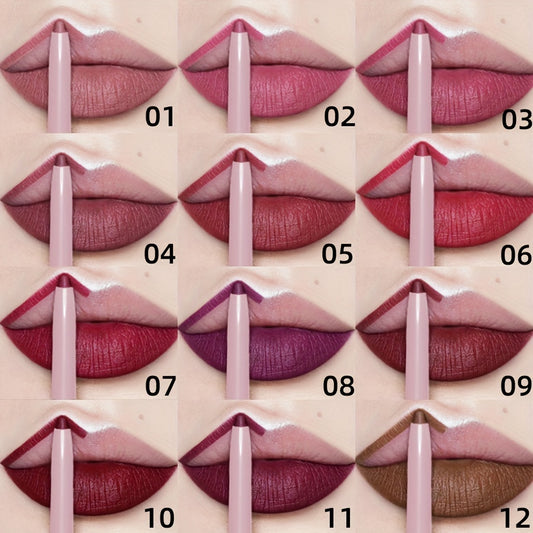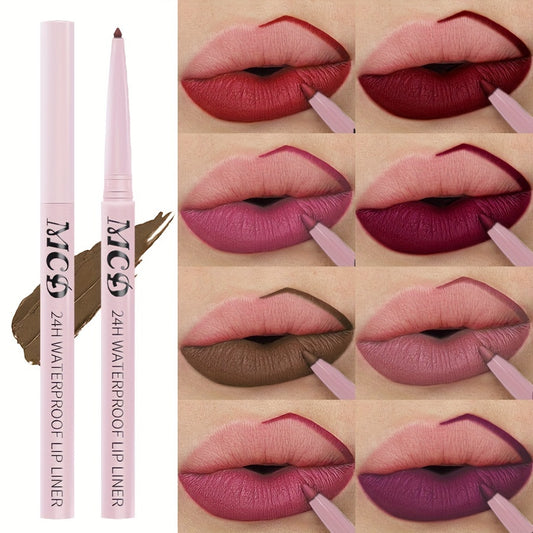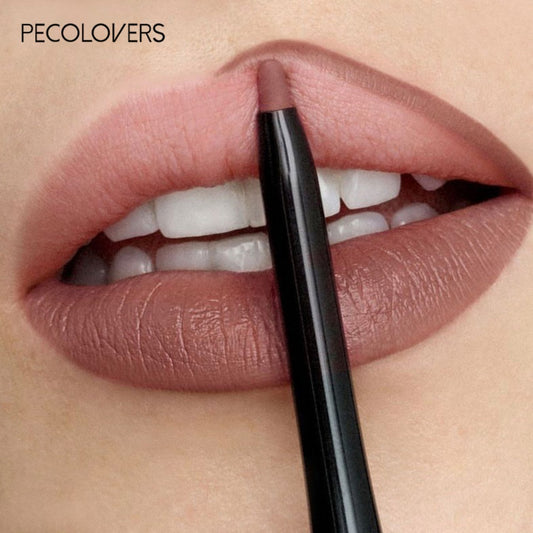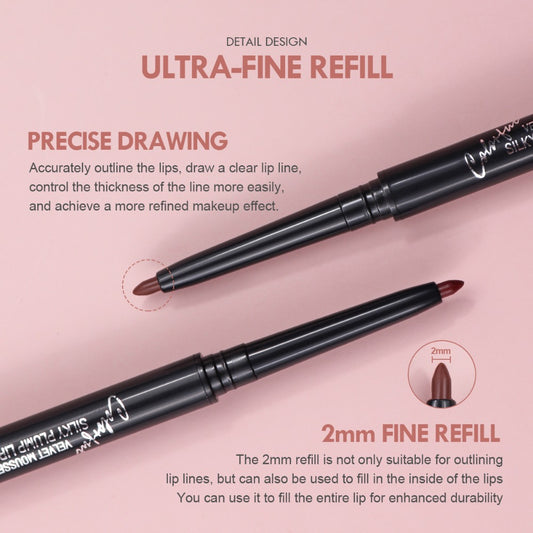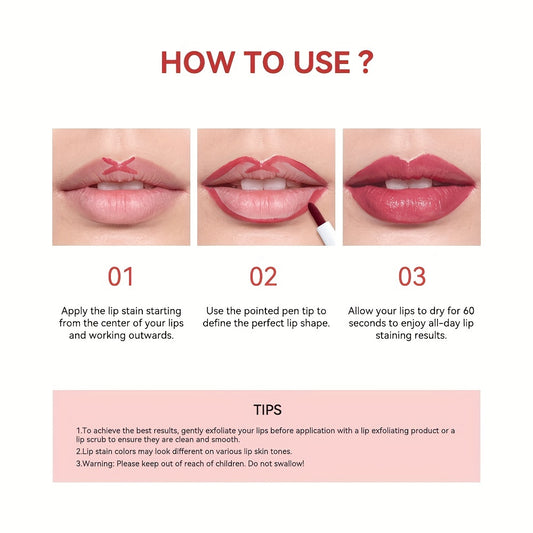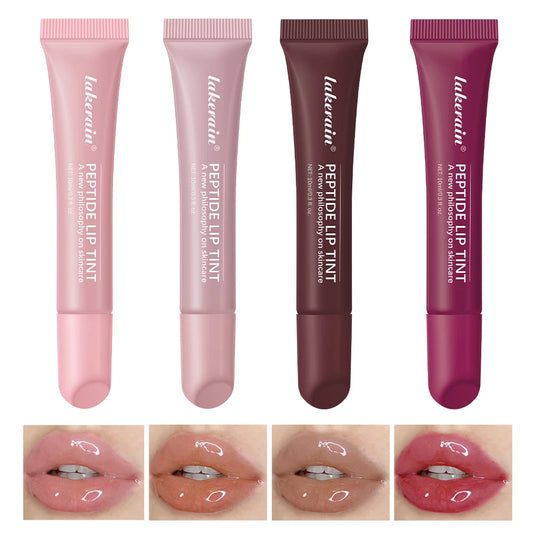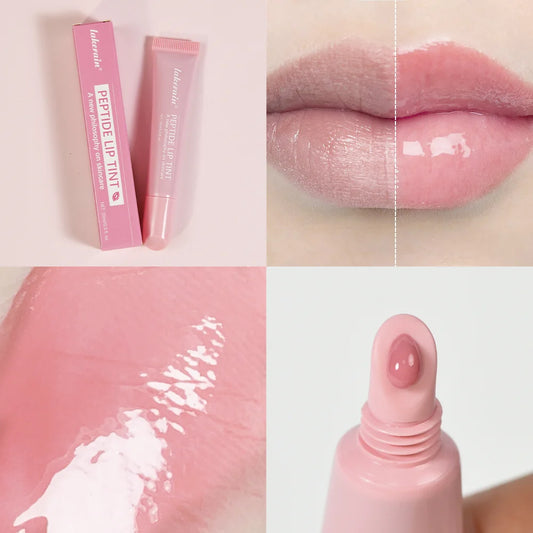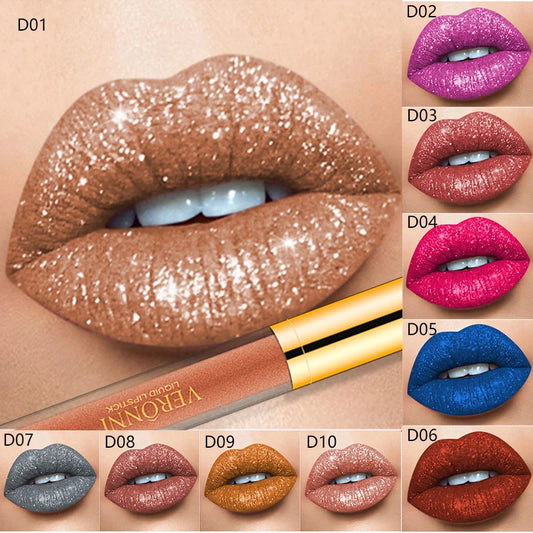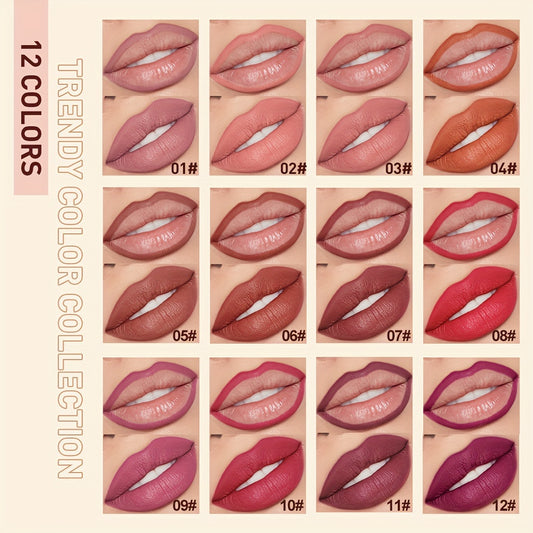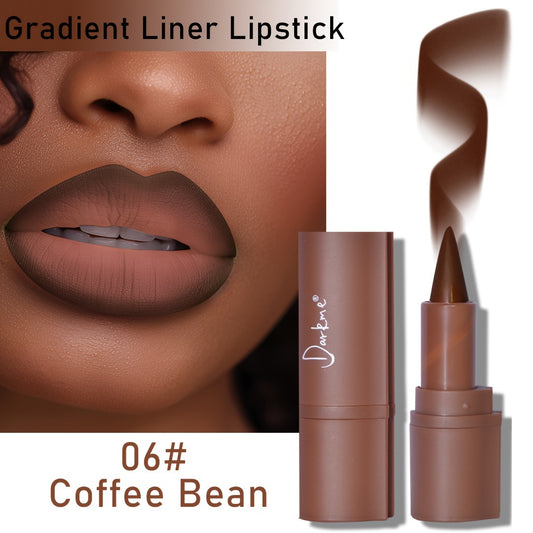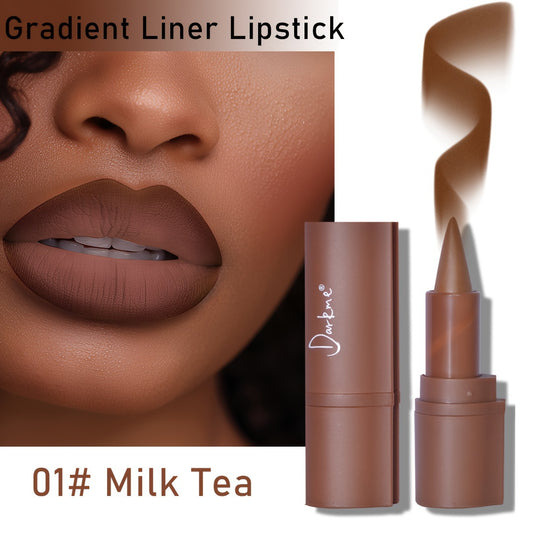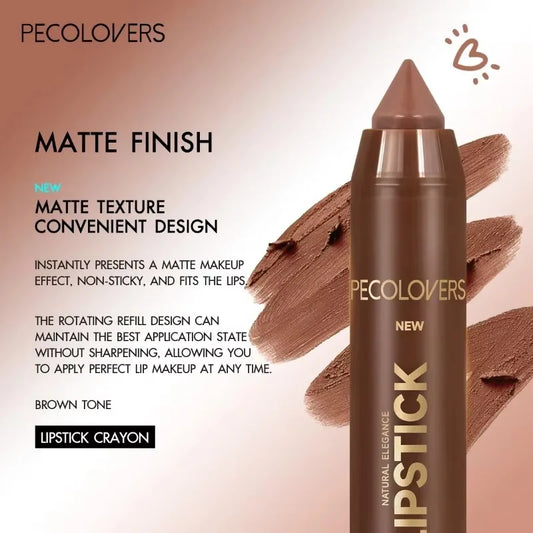Easy DIY Recipe for Lip Balm at Home
Share
Making your own lip balm at home is super easy, and it's a great way to know exactly what's going on your lips. No weird chemicals or mystery ingredients here! This guide will walk you through everything you need to know to whip up your very own batch of custom lip balm. It's way simpler than you might think, and you'll love having a natural, personalized recipe for lip balm right at your fingertips.
Key Takeaways
- You can easily make your own lip balm with just a few natural ingredients.
- Making lip balm at home saves you money compared to buying it from stores.
- Customizing your lip balm with different scents and flavors is simple and fun.
- Homemade lip balm means you avoid harsh chemicals found in some store-bought brands.
- The process for making lip balm is quick and doesn't require any fancy equipment.
Gathering Your Lip Balm Ingredients
Okay, so you're ready to make some lip balm! First things first, you gotta get all your stuff together. It's like baking a cake – can't start without the flour, right?
Essential Oils For Flavor
Essential oils are where you get to have some fun. This is where you can really customize your lip balm to your liking. Think about what scents you love. Lavender? Peppermint? Maybe a citrusy blend? Just make sure you're using oils that are safe for topical use and are skin-friendly. A few drops go a long way, so don't overdo it. I usually stick to around 15-20 drops per batch, but you can adjust to your preference. If you're feeling adventurous, try mixing a couple of different oils together. Just be sure to research the oils you want to use to make sure they are safe for your skin. You can even use lemon essential oil for a refreshing scent.
Natural Wax Options
Beeswax is the classic choice, and it's what I usually go for. It gives your lip balm that nice, firm texture. But if you're vegan or just want to try something different, there are other options. Carnauba wax is a popular plant-based alternative. It's a bit harder than beeswax, so you might need to adjust the amount you use. Candelilla wax is another option, and it's even harder than carnauba, so keep that in mind. I've also heard of people using soy wax, but I haven't tried that myself yet. Beeswax pellets are the easiest to work with, trust me.
Carrier Oils For Hydration
Carrier oils are super important because they moisturize your lips. Coconut oil is a great option – it's solid at room temperature, so it adds to the firmness of the balm, and it smells amazing. Sweet almond oil is another favorite of mine. It's light and absorbs well into the skin. Olive oil works in a pinch, but it can be a little greasy. Jojoba oil is another good one; it's very similar to the natural oils our skin produces. I usually use a combination of coconut oil and sweet almond oil for the perfect balance. You can also use sweet almond oil as a substitute for other oils.
Don't be afraid to experiment with different carrier oils to find what works best for you. Everyone's skin is different, so what works for me might not work for you. The fun is in the experimenting!
Simple Steps To Create Lip Balm
Melting The Base Ingredients
Okay, so first things first, you gotta melt your stuff. I usually toss my beeswax, coconut oil, and sweet almond oil into a heat-safe bowl. Then, I create a makeshift double boiler by placing the bowl over a saucepan with some simmering water. You don't want the bowl touching the water, just letting the steam do its thing. Stir occasionally until everything is completely melted and smooth. This usually takes about 10-15 minutes, depending on how hot your stove gets.
Adding Essential Oils And Honey
Once your base is melted, take it off the heat. Now's the time to get creative! Add in your essential oils for scent and flavor. I usually go for about 15-20 drops total, but you can adjust to your liking. If you're using honey, stir that in now too. Remember, honey can add a bit of sweetness and extra moisture, but it's totally optional. Just make sure everything is well combined before moving on. I love using lavender essential oil for a calming effect.
Pouring Into Containers
This part can get a little messy, so be prepared! Have your lip balm tubes or tins ready and waiting. Carefully pour the melted mixture into each container, filling them almost to the top. I find that using a small funnel or a dropper helps prevent spills. Once they're filled, let them sit undisturbed until they're completely cool and solid. This usually takes a couple of hours at room temperature, or you can speed things up by popping them in the fridge for a bit. Once they're solid, they're ready to use!
Making lip balm is a fun and easy project, but it's important to be careful when working with hot ingredients. Always use caution when melting the base and pouring the mixture into containers to avoid burns or spills. With a little practice, you'll be whipping up batches of custom lip balm in no time!
Benefits Of Homemade Lip Balm
Cost-Effective Skincare
Let's be real, buying lip balm all the time adds up! Making your own is way cheaper in the long run. You probably already have some of the ingredients at home, and even if you don't, buying them in bulk is still more economical than constantly repurchasing those little tubes from the store. Plus, you know exactly what you're paying for – no hidden costs or unnecessary additives. You can find coconut oil, beeswax, and cocoa butter in my other DIY projects like lotion and body butter.
Customizable Flavors And Scents
One of the best things about making your own lip balm is that you get to control the flavor and scent. Tired of the same old cherry or mint? Get creative! Want to try a honey cinnamon lip balm? Go for it! You can experiment with different essential oils and extracts to create unique blends that perfectly suit your preferences. It's like having your own personal lip balm lab!
Here are some ideas to get you started:
- Peppermint and vanilla
- Lavender and chamomile
- Citrus blend (orange, lemon, grapefruit)
I was a little intimidated when I first started making my own homemade beauty products. I never thought of myself as a DIYer, but I realized how easy it was to make my own products once I started. And it’s a ton of fun!!
Non-Toxic And Natural
This is a big one for me. So many store-bought lip balms are loaded with questionable ingredients that I can't even pronounce. When you make your own, you know exactly what's going on your lips. You can use all-natural, non-toxic ingredients, which is especially important if you have sensitive skin or are concerned about what you're putting on your body. It's a simple way to ensure your lip care is as clean and healthy as possible.
Understanding Key Ingredients

The Power Of Coconut Oil
Coconut oil is a real workhorse in the world of DIY lip balms. It's not just about adding a tropical scent; it brings a lot to the table. Coconut oil is naturally moisturizing, helping to keep your lips soft and supple. It's also got some mild antibacterial properties, which is a nice bonus. I like using unrefined coconut oil for its stronger scent, but refined works just as well if you prefer something more neutral. Just remember that coconut oil can melt easily, so your lip balm might be softer in warmer weather.
Sweet Almond Oil Benefits
Sweet almond oil is another fantastic ingredient for homemade lip balm. It's a lighter oil compared to coconut oil, so it absorbs quickly and doesn't leave a greasy feel. It's packed with vitamin E, which is great for your skin. Plus, it's super gentle, making it a good choice if you have sensitive skin. I find that sweet almond oil gives lip balms a really smooth texture, which is always a plus.
Beeswax For Texture
Beeswax is what gives your lip balm its solid form. Without it, you'd just have a greasy mess! It's a natural wax produced by honeybees, and it's what helps to thicken the oils and butters in your recipe. It also creates a protective barrier on your lips, which helps to lock in moisture and protect them from the elements. You can find beeswax in different forms, like pellets or blocks. Pellets are easier to measure, but blocks work just as well if you're willing to do a little chopping. Just be careful not to use too much, or your lip balm will end up feeling hard and waxy.
Beeswax is a great ingredient, but it's not vegan. If you're looking for a vegan alternative, you can try using candelilla wax or carnauba wax. Just keep in mind that these waxes are a bit harder than beeswax, so you might need to adjust the amount you use in your recipe.
Equipment For Lip Balm Making

Making your own lip balm is surprisingly simple, but having the right tools on hand makes the process much smoother. You don't need a ton of fancy equipment, but a few key items will make your lip balm creation experience a breeze. Let's break down what you'll need.
Essential Tools For Success
Okay, so what are the must-haves? First off, you'll need something to melt your ingredients in. A heat-safe bowl is crucial – glass or metal works best. I personally like using a glass measuring cup with a spout because it makes pouring the melted mixture into the tubes way easier. A saucepan is also needed to create a double boiler. A whisk is helpful for stirring everything together, ensuring a smooth and consistent mixture. Finally, don't forget oven mitts or pot holders to handle hot bowls and pans safely.
Here's a quick list:
- Heat-safe bowl (glass or metal)
- Saucepan
- Whisk
- Oven mitts/pot holders
- Spoon or spatula
Choosing The Right Containers
Now, let's talk containers. You've got a couple of options here: lip balm tubes or small tins. Tubes are classic and convenient for application, while tins offer a wider surface area. The choice really comes down to personal preference. Make sure whatever you choose is clean and ready to go before you start melting your ingredients. I usually buy a bunch of empty lip balm tubes in bulk online to save money. Also, consider getting a small funnel; it can be a lifesaver when filling those tiny tubes!
Double Boiler Alternatives
Don't have a double boiler? No problem! You can easily create one using a saucepan and a heat-safe bowl. Just fill the saucepan with a couple of inches of water, place the bowl on top, making sure it doesn't touch the water, and you're good to go. The steam from the simmering water will gently melt your ingredients. Alternatively, you can use a microwave in short bursts, but you have to be super careful not to overheat the mixture. I prefer the double boiler method because it gives you more control and prevents burning. Using beeswax pellets is also a great way to ensure even melting.
Making lip balm is a fun and rewarding DIY project. With the right equipment, you can whip up batches of custom-flavored balms in no time. Don't be afraid to experiment and find what works best for you!
Tips For Perfect Lip Balm
Adjusting The Recipe Yield
So, you want to make a ton of lip balm, or maybe just a little? No problem! Scaling the recipe is super easy. Just keep the ratios of beeswax, carrier oil, and any extras like essential oils the same. If the original recipe calls for 1 tablespoon of beeswax, 2 tablespoons of oil, and 5 drops of essential oil, doubling it would be 2 tablespoons of beeswax, 4 tablespoons of oil, and 10 drops of essential oil. Easy peasy!
Preventing Common Issues
Okay, let's talk about avoiding lip balm fails. Here are a few things I've learned the hard way:
- Grainy Texture: This usually happens when the balm cools down too slowly. Try melting everything completely and then cooling it quickly in the fridge for a bit. That should help prevent those annoying little grains.
- Too Soft: If your lip balm is too soft, it probably means you need more beeswax. Add a little more melted beeswax to the mixture, stir it in, and let it set again.
- Too Hard: On the flip side, if it's too hard, you need more oil. Melt it down and add a bit more carrier oil until you get the consistency you want.
One time, I accidentally used way too much beeswax, and my lip balm was basically a crayon. It was not fun to apply. Now I always double-check my measurements!
Cooling And Setting Your Balm
Alright, you've made your lip balm, now what? The cooling process is actually pretty important. Pour the mixture into your empty lip balm tubes or containers and let them sit undisturbed at room temperature. Don't move them around too much, or you might get uneven settling. If you're impatient (like me), you can pop them in the fridge for a little while to speed things up, but make sure they're on a level surface. Once they're solid, they're ready to use! I usually wait a few hours just to be safe. And that's it – you've got perfect lip balm!
Creative Lip Balm Variations
Honey Cinnamon Lip Balm
Okay, so you've got your basic lip balm recipe down. Now it's time to get a little fancy! One of my absolute favorites is a honey cinnamon lip balm. It's warm, comforting, and smells amazing. Plus, honey is a natural humectant, which means it helps to draw moisture to your lips. Cinnamon adds a little bit of spice and can even plump your lips slightly.
To make this, just follow your regular recipe, but add about 1/2 teaspoon of raw honey and 5-10 drops of cinnamon essential oil to the melted mixture. Make sure you stir it well to combine everything. You can adjust the amount of cinnamon oil to your liking, depending on how strong you want the scent and flavor to be. Remember to use empty lip balm tubes for easy application.
Lemon And Peppermint Blends
If you're looking for something a bit more refreshing, lemon and peppermint is the way to go. This combo is bright, invigorating, and perfect for summer. Lemon essential oil is known for its cleansing properties, while peppermint can help soothe and cool your lips.
For this blend, I usually add about 5 drops of lemon essential oil and 5 drops of peppermint essential oil to my base recipe. It's important to use high-quality essential oils to avoid any irritation. Also, be careful not to add too much peppermint, as it can be a bit overpowering. This is a great way to use essential oils in your lip balm.
Exploring Other Natural Additives
The fun doesn't stop there! There are tons of other natural additives you can experiment with to create your own unique lip balm flavors and benefits. Here are a few ideas:
- Cocoa Powder: For a chocolatey lip balm, add a teaspoon of unsweetened cocoa powder to your melted mixture. It will give your balm a lovely brown tint and a delicious scent.
- Beetroot Powder: If you want to add a natural tint, try a pinch of beetroot powder. It will give your lips a subtle pink hue. Be careful not to add too much, or your balm will be too dark.
- Vanilla Extract: A few drops of vanilla extract can add a warm, comforting scent to your lip balm. Just make sure you're using pure vanilla extract, not imitation.
Experimenting with different ingredients is part of the fun! Just remember to start with small amounts and always test your lip balm on a small area of skin before applying it to your entire lips. You can also use beeswax pellets to adjust the texture.
Here's a quick table of some other ideas:
| Additive | Benefit | Amount to Add |
|---|---|---|
| Matcha Powder | Antioxidant boost | 1/2 teaspoon |
| Rose Petal Powder | Soothing, floral scent | 1/4 teaspoon |
| Sea Buckthorn Oil | Rich in vitamins, healing | 1/4 teaspoon |
Ever wonder how many cool kinds of lip balm there are? It's more than you think! We've got all sorts of fun ideas for making your lips feel great and look awesome. Come check out our website to see all the amazing ways you can make your lip balm unique!
Wrapping It Up
So, there you have it! Making your own lip balm at home isn't some super complicated science project. It's actually pretty simple, and you get to control exactly what goes into it. No weird chemicals or stuff you can't pronounce. Plus, it's a fun little project, and you end up with something really useful. Give it a try, and you might just find yourself hooked on making your own beauty products. Your lips will definitely thank you for it!
Frequently Asked Questions
How hard is it to make lip balm at home?
Making your own lip balm is pretty simple! You'll need to melt some beeswax, a body butter like shea or cocoa butter, and a good oil such as coconut or almond oil. Once melted, you can add honey or essential oils for extra goodness.
What ingredients do I need to make lip balm?
The main things you'll need are beeswax pellets, coconut oil, and some empty lip balm tubes. For flavor, you can add essential oils like lemon or peppermint.
What kind of equipment is best for melting the ingredients?
You can melt your ingredients using a double boiler. If you don't have one, a glass bowl placed over a pot of simmering water works just as well.
Can I make a larger quantity of lip balm at once?
Yes, you can definitely make a bigger batch! This recipe is easy to double or triple if you want to make more lip balm tubes.
How long does homemade lip balm last?
Homemade lip balm can last for up to a year if stored properly. Make sure it cools completely before putting lids on the containers.
Can I customize the flavors and scents of my lip balm?
Absolutely! You can try different essential oils for various scents, or even add a touch of honey for a sweet flavor. Just make sure the essential oils are safe for lip use.

